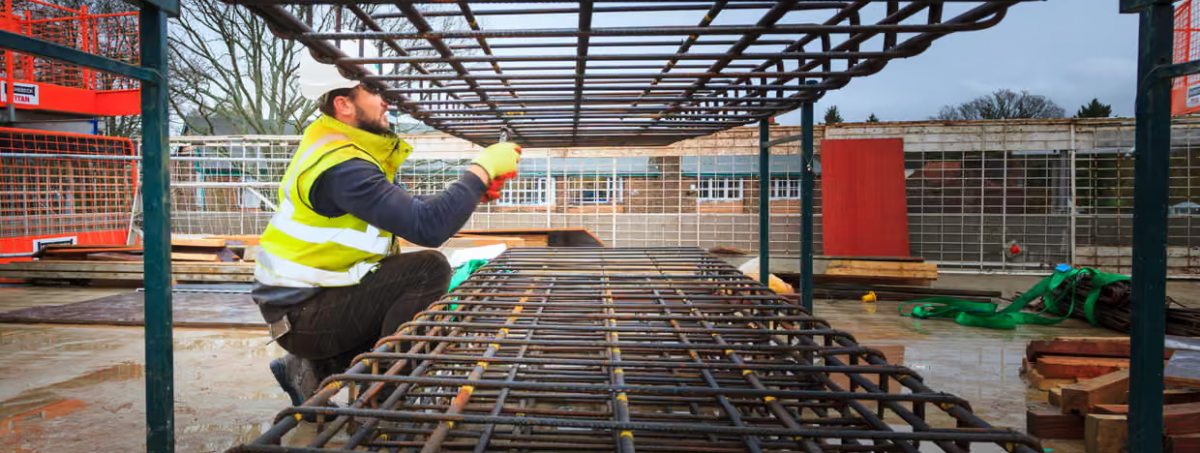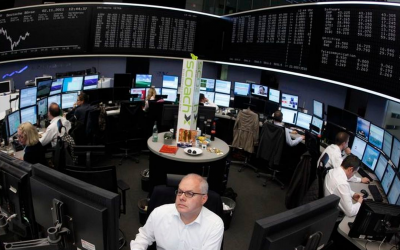Construction of offices, shops, and warehouses in the UK has fallen to its lowest level since 2014, with total activity down 21% year-on-year to 5.85 million square metres in Q3. Rising build costs, skill shortages, higher raw material prices, and volatile economic conditions have all contributed to the slowdown, with housebuilding also tapering off despite government targets for 1.5 million new homes over five years.
High borrowing costs and falling commercial property values have dampened investment, particularly in the office sector, although major transactions in London suggest a potential rebound in Q4. Office take-up in the capital has risen 34% year-on-year to seven-year highs, reflecting a return-to-office trend, while demand outside London continues to soften.
Vacancy rates remain elevated, with UK offices at 8.8%, the highest in 13 years, and London at 10.7%, above the national average. In the warehouse sector, vacancy rates more than doubled to 5.5%, as pandemic-driven demand for logistics space cools and completions outpaced absorption.
The data underscores the challenges facing the UK commercial property market, with cost pressures, high vacancies, and geopolitical uncertainty continuing to affect new developments. However, pockets of strong leasing activity, particularly in London, indicate potential areas for recovery and strategic investment.
Read the full article of trends shaping the UK commercial construction and property market.













.png)

